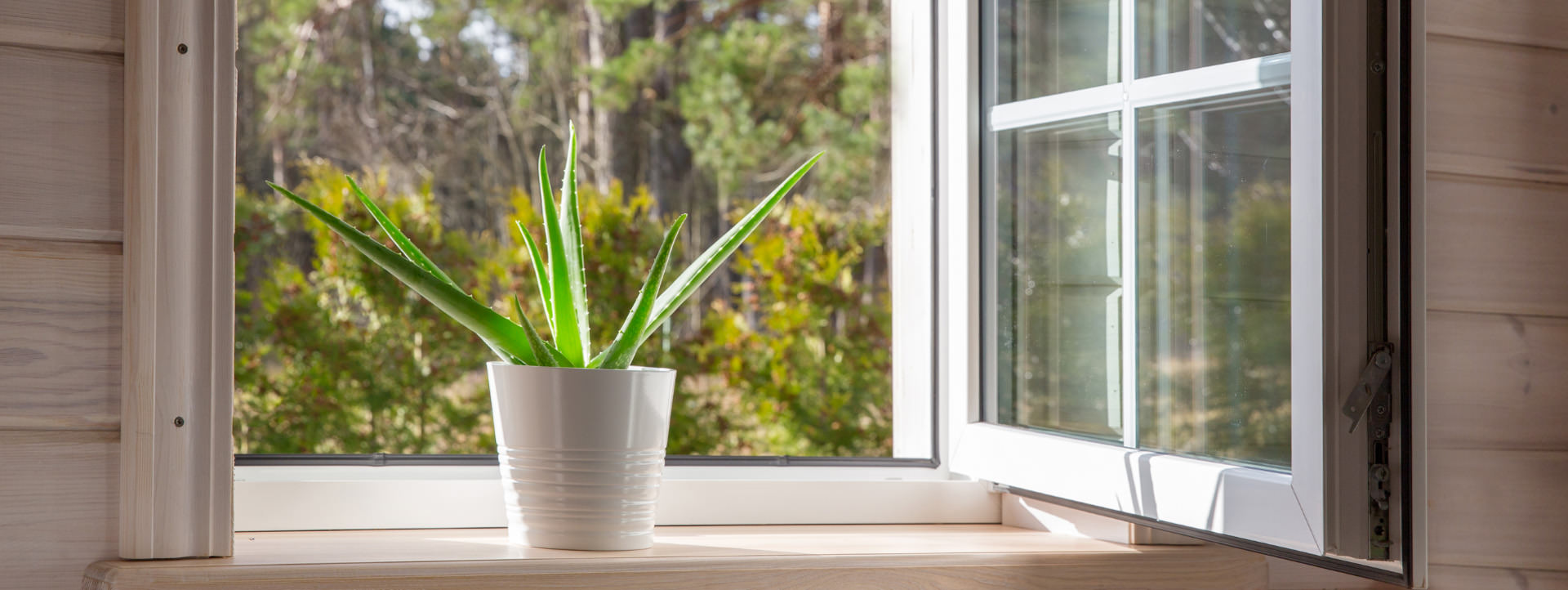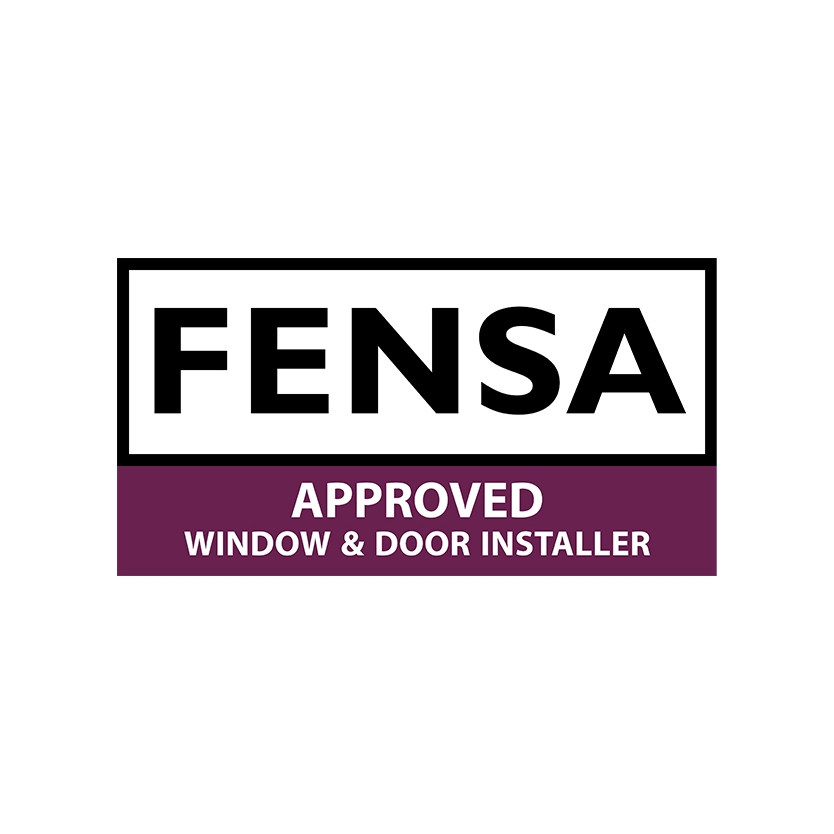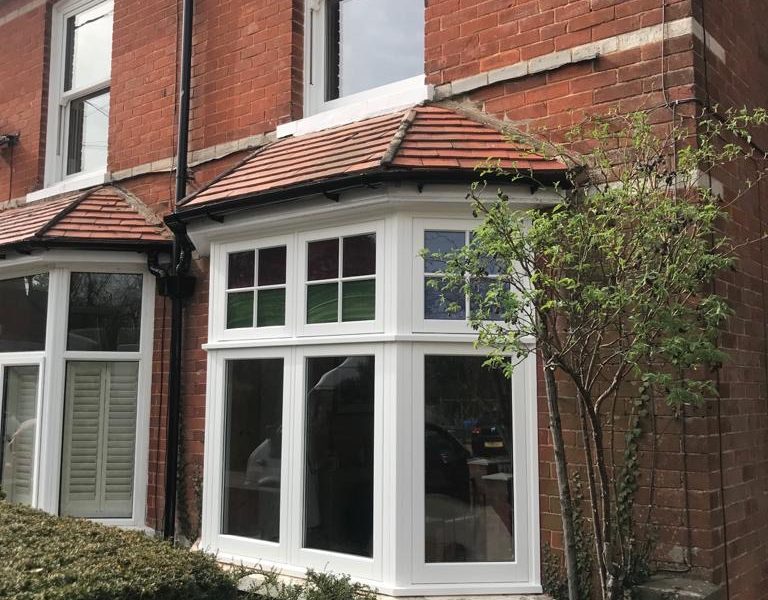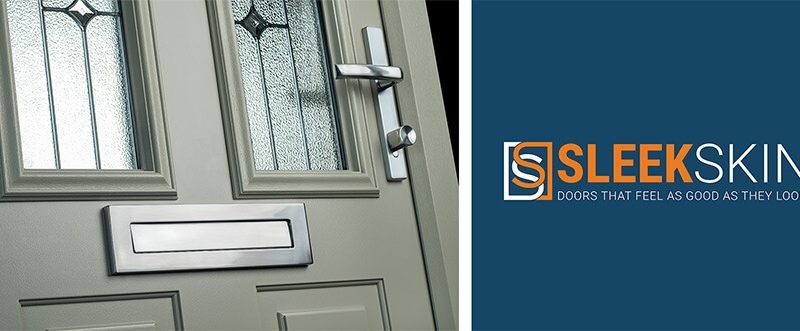
Timber - PVC - Aluminium - Windows, Doors & Conservatories in Hampshire
How much does a home extension cost
How much does a home extension cost
We take a look at the cost of extending your home and explore alternatives that could save you thousands.
Nobody enjoys moving. The initial excitement of finding a new home soon gives way to the realty of estate agent and solicitors fees, exchange and completion – that’s even before you pack up your life into boxes! And all of that costs. Stamp duty, legal fees, estate agent and removal costs quickly add up, easily topping £20,000 on an average three-bedroom Hampshire property.
No wonder then, that more and more of us are opting to improve, rather than move. That £20,000 may not necessarily cover your complete build cost but it can go a very long way towards it – even more so if you’re canny about your choice of build.
How much does a single storey extension cost?
Pinning down the exact cost of a home extension can be difficult because cost is ultimately down to size and usage and on where you are. As a guide price, you’re looking at a build cost of around £1,500 per m2 . The closer you move up the M4 or M3 to London and the price goes up to around £2,000.
If for example you’re building a 5m x 5m extension that means that you would be looking at a build cost of £37,500 upwards. Add on professional fees, architects, planning agents you’re soon topping £40,000, even at the lower end of the scale.
Other things to think about when planning a home extension
It’s not only the cost that you need to consider when planning your home extension. The design is obviously key. It’s about understanding your planned usage and what you need to do to maximise the benefit that your new space delivers.
The other element of its design is the aesthetic. Light and open spaces are proven to have a positive impact on health and well-being, so glazing and window design is a crucial element of your build.
It’s important, however, to be aware of a few potential pitfalls. In addition to planning approval you also need to get Building Regs approval for your build. This includes Part L (energy efficiency), which limits the glazed elements of an extension to a maximum of 25% of the extensions floor area.
This can be a real problem where you’re adding a small kitchen extension to your home. If your total extension is say, 20m2 and you add in a lantern roof or a bi-folding or contemporary slim line inline sliding patio door, plus a couple of windows, it’s very easy to eat into, and exceed, that 25% allowance.
This can have significant impact on design and costs and you may need to pay additional fees for a Standard Assessment Procedure (SAP) Test, to prove that the additional glass in your design, doesn’t have a detrimental effect on the energy performance of your property as a whole.
If it does, you may need to pay for new energy efficiency home improvements to the original elements of your property including wall or loft insulation and energy efficient double and triple glazed windows and doors.
How can I extend my home for less?
A little lateral thought can go a long way in planning your home extension. Glass extensions and glazed extensions could offer Hampshire homeowners significant savings, reducing the build cost of home extensions by thousands.
Glass extensions are a great way to add new and highly flexible living space to your homes. Think less glass and more light-filled flexible year-round living spaces.
Innovation in glass technology has been key to this shift. Energy efficient and solar reflective glass can ensures that contemporary conservatories offer comfortable ambient year-round temperatures.
But the real shift is in how this technology is being combined with traditional internal plasterwork and even thermally efficient solid roofs to give homeowners all of the flexibility of a ‘bricks and mortar’ extension but at considerably lower cost.
Do I need planning permission for a glazed extension?
Glazed extensions still need to meet strict criteria for performance including energy efficiency but providing that your build sits within certain requirements it can be delivered under permitted development rights and is consequently exempt from planning and some of the regulatory requirements which apply to ‘bricks & mortar’ home extensions. Please note there are many complex rules for planning and seeking the advice of a professional is always advisable.
- The extension does not sit forward of the principal elevation
- Where it is within 2m of any boundary, the eaves cannot be higher than 3m, and no more than 4m in height
- Rear extensions must be no more than 4m in depth (detached house) or 3m in depth (semi-detached or terrace).
- Side extensions — the width of the extension must not be greater than half the width of the original property.
This allows you to add really very functional additional space to your home. If you want to go extend beyond that, or live in a Conservation Area – of which Hampshire has many – you may need to go through planning.
Hybrid glazed-extensions
So what are your options? The starting point are hybrid glazed extensions which combine a core glass conservatory structure but by bringing more brickwork into the design and by adapting the conservatory roof, they emulate the appearance of an orangery but at far lower cost at a mid-range price point.
The options are endless but technical innovation means that all will give you a flexible and versatile year- round living space and add significant value to your home.
We supply the LivinRoof which brings you one step closer to a traditional extension – but as a glazed extension, at the fraction of the cost. Featuring an internal perimeter pelmet, the solid and glazed roof system can be configured to almost any design, featuring as much or as little glass as you decide.
Internally-plastered the vaulted ceiling creates a sense of openness, while glazed sections bring light into your room. Externally finished in a contemporary urban grey and cornice, the LivinRoof adds stylish and almost limitlessly adaptable new space to your property.
Solid roof conservatory extensions
The other option is to go for a solid roof glazed extension. We supply the UltraRoof 380. It’s a modular solid-roof system which emulates the appearance of a traditional batton and tile roofing system but is far more thermally efficient and quicker to install.
Able to accommodate roof pitches of 12.5° to 41°, it means that the UltraRoof can be fitted and water tight in as little as a day, so you don’t have to live with builders for weeks on end.
Inside, the addition of plasterboard forms an airy vaulted ceiling, with internal soffit, for housing down-lights and internal cabling. Depending on your roof, it can also be designed to accommodate Velux-type roof lights or lower cost fixed window lights.
The other great thing about the Ultraroof is that it’s lightweight, which means that it is also suitable for retro-fit to lots of existing conservatories as a replacement roof, depending on the shape. It means for a comparatively low cost you can add a solid-wall and a solid roof, completely transforming the appearance of your existing conservatory.
How Solar Control Glass keeps your home cool in summer and warm in winter
One of the reasons why glazed extensions can now provide such flexible family living space is as cited, innovation in glass technology and particularly solar control glass.
This controls how much heat is gained from the sun by controlling three factors These are: reflectance – how much radiation from the sun the surface of the glass reflects back into the atmosphere; direct transmittance – or how much of the suns radiation is transmitted directly through the glass; absorptance – how much heat is absorbed by the glass and indirectly radiates inside the building.
Combined with the insulative U-values offered by energy efficient glass, your conservatory or glazed extension becomes an infinitely more comfortable place to be, providing flexible year round living space at a significantly more affordable price point than a traditional ‘bricks and mortar’ extension.
Self-cleaning glass and how it works
The other significant advantage that innovation in glass technology has brought to the design of conservatories and glazed extensions is self-cleaning glass.
This features a special coating that reacts with UV rays in sunlight. This photocatalytic process, loosens and breaks down organic dirt particles on the surface of the glass.
The surface of the coating is also hydrophilic, which means that it behaves a little bit like soap, so that rather than attracting water to form droplets, it forms a thin layer that then sheets away quickly and dries without leaving unsightly drying spots.
Will a glass or glazed extension add value to my home?
Adding a glazed extension to your home not only cuts the cost of extending your property by thousands, it can also significantly increase its value and saleability.
According to peer-to-peer lending service Zopa, adding a conservatory or orangery to your property delivers the single biggest return on investment of any home improvement, with an ROI of 108 per cent and typical profit of £5,700.
The Royal Institute of Chartered Surveyors makes a similar assessment, suggesting that the addition of a conservatory or orangery will increase the value of your property by around five per cent.
It means that contemporary glazed extensions, not only offer you a highly cost effective way of adding space to your property – but even better, they’ll add value to it.
If you’re looking for help in planning your next home improvement, or simply want to talk about any of the points raised in this discussion, please don’t hesitate to contact me or a member of the team for more by calling 01264 359355 or emailing email [email protected]
- 2026 Design Trends: The 4 Window & Door Styles Defining the Year - 19 December 2025
- The 2026 Glazing Outlook” – High-level summary of the pivot to growth. - 9 December 2025
- Industry News: The Future Homes Standard 2025 & What It Means for Your Windows - 1 December 2025














